Why should you sleep on your back in the first place?
You may have never heard best sleeping position is back sleeping and now you wonder why we're telling you that and if that is true at all. But we from The Sleep Advisors never say anything without backing it up with credible information. So, in this section we will focus on the reasons why you should sleep on your back in the first place.
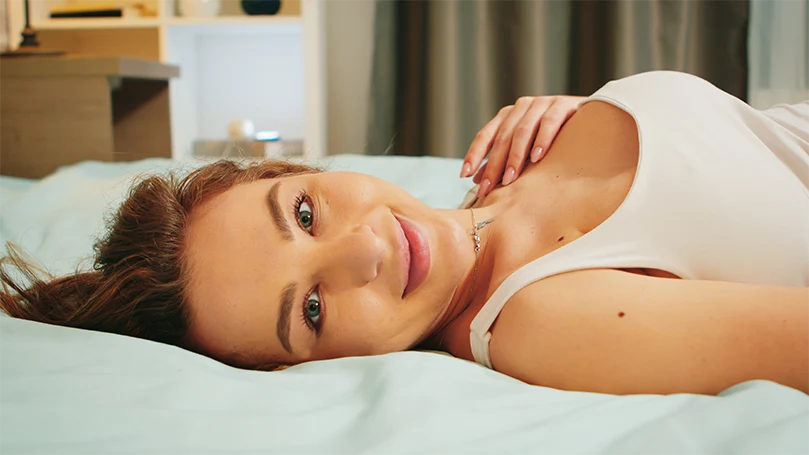
Keeping your spine in a neutral position
Whether you are sitting on a chair or lying in bed, it is important to keep your spine in a neutral position. It is possible to achieve spinal alignment even if you are a side or stomach sleeper, but back sleeping is certainly the best position for such a thing and it will be easiest to keep your spine in a neutral position when lying on your back.
With the right pillow and mattress, your spine will always be in a neutral position while lying on your back. While for side sleepers, any movement during the night can disrupt spinal alignment.
If you are experiencing pain in your back, we suggest checking out our buyer's guide that covers best mattresses for easing up your back pain.
Less wrinkles
Although wrinkles are inevitable, no one wants them, especially not in the twenties. So help your facial skin and sleep on your back. This way you will not compress the skin all night, which can certainly contribute to the appearance of sleep wrinkles. Of course, you should also implement a proper skin care routine, as well as a diet, including vitamin and mineral supplements, to make your face look young.
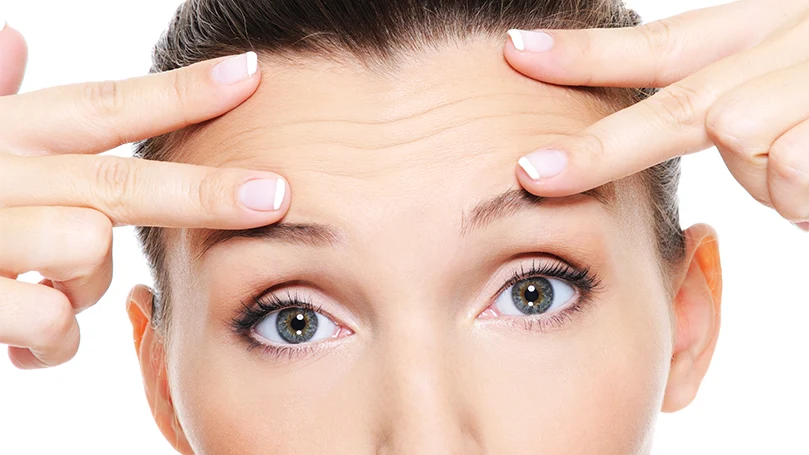
Less nasal congestion
Obstructive sleep apnea is a very dangerous disorder that will negatively affect your night's sleep but also overall health in the long run. Although many do not recommend sleeping back when you suffer from sleep apnoea, we do not agree with that completely. If your head is elevated enough, you will experience less nasal congestion and less snoring as well. Also if you use continuous positive airway pressure (CPAP), back sleeping is recommended.
Less headaches
We often associate headaches with various causes, but we almost never remember that an incorrect neck position could be the cause of a headache. When you sleep on your back and have a suitable pillow, it is least likely that your neck will be in the wrong position. Cervicogenic headaches can be easily prevented, don't forget that. If you often wake up at night or in the morning with a headache and don’t sleep on your back, try sleeping on your back. We are pretty sure this will solve your problem.
How to sleep on your back every time successfully?
You who are reading now, and you are side or stomach sleepers, probably think that you will not be able to fall asleep on your back even though you know the benefits. Although we do not dispute that in the beginning it will be harder for you to fall asleep quickly on your back and that you will certainly want to return to one of your natural sleeping positions, the following are ways to sleep on your back every time successfully.
Flat on the mattress
You should pay attention to lying completely flat, and not partially on your side or stomach. In that case, you will not be able to take advantage of all the benefits of sleeping back, but you can even make your neck pain worse. You will know you are in the right position because you will relieve pressure from all your joints.

Keep your head elevated
Unlike stomach sleepers who need low loft, firm pillow that will just slightly elevate their head, you have to keep your head elevated all night. Also, it should not be too elevated, as this will put your head and neck in an incorrect position, just like a pillow that is not high enough. Choose a medium high pillow and it will be ideal. The material the pillow is made of as well as the weight of your head will affect what kind of loft you exactly need, but these are general rules.
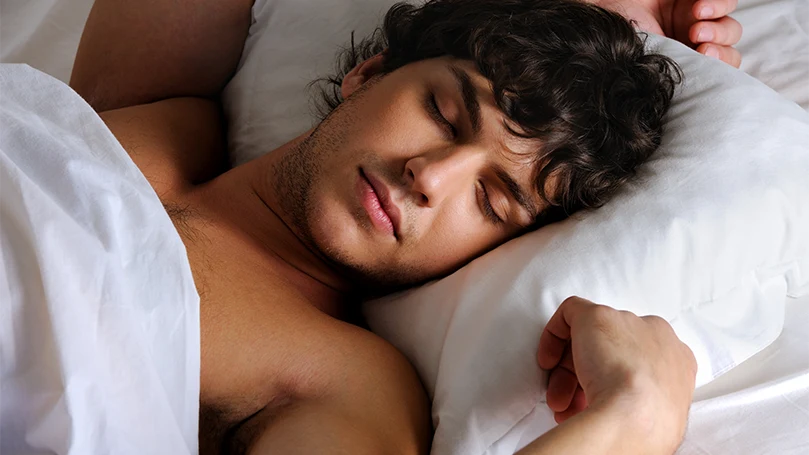
Add a pillow under the knees
Back sleeper should sleep with two or even three pillows. It is necessary to put one under your knees, and you can put another one under the lower back. This will help reduce strain on your spine as it will give extra support. While you should not put a pillow that is too tall under the lower back, you can put a pillow under your knees that is most comfortable for you, or even two pillows, if you feel that this is the best way to rest your legs and whole body.

So, what is the best mattress for back sleeping?
Compared to stomach sleeping and side sleeping, back sleepers have the largest selection of mattresses available. Back sleepers can choose mattresses both over and under 5 on the firmness scale of 1 to 10. They should not choose too soft a mattress in which they will sink too much, as this will cause muscle strain and back pain, nor a mattress that is as hard as stone, because it will not be comfortable.
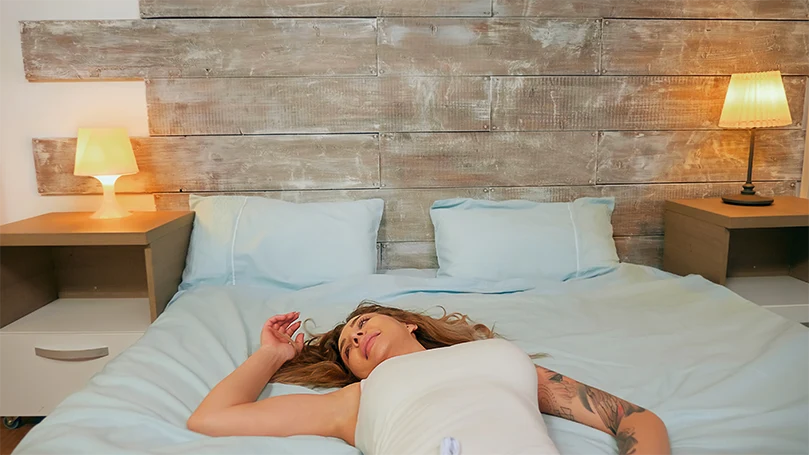
But anything between 3 and 8 on the firmness scale is more than suitable for them. And since over 90% of mattresses on the UK sleep market are in that firmness range, it won't be difficult for them to find a suitable mattress. They should also pay attention to general characteristics such as pressure relief, motion insulation and breathability, in order to have a great night’s sleep. Body weight and preferences play a significant role in choosing a mattress too, not just a sleeping position.
Spread the word
Related products:
- Simba Hybrid Pillow Review – Our Detailed Review for 2024
- Dormeo Octasense Pillow Review
- Otty Deluxe Pillow Review

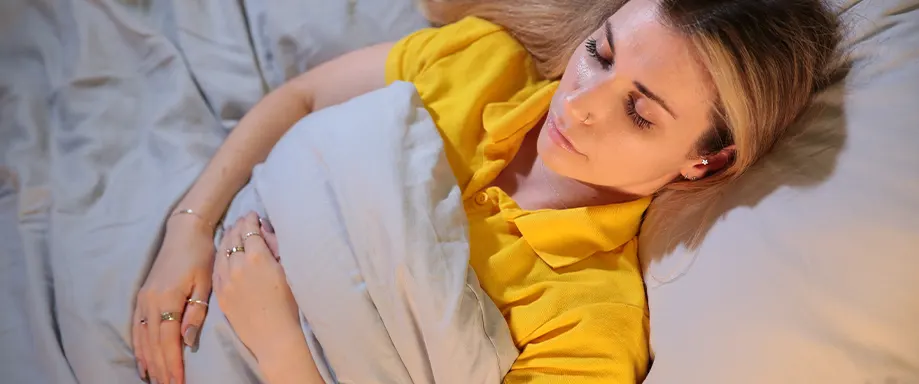











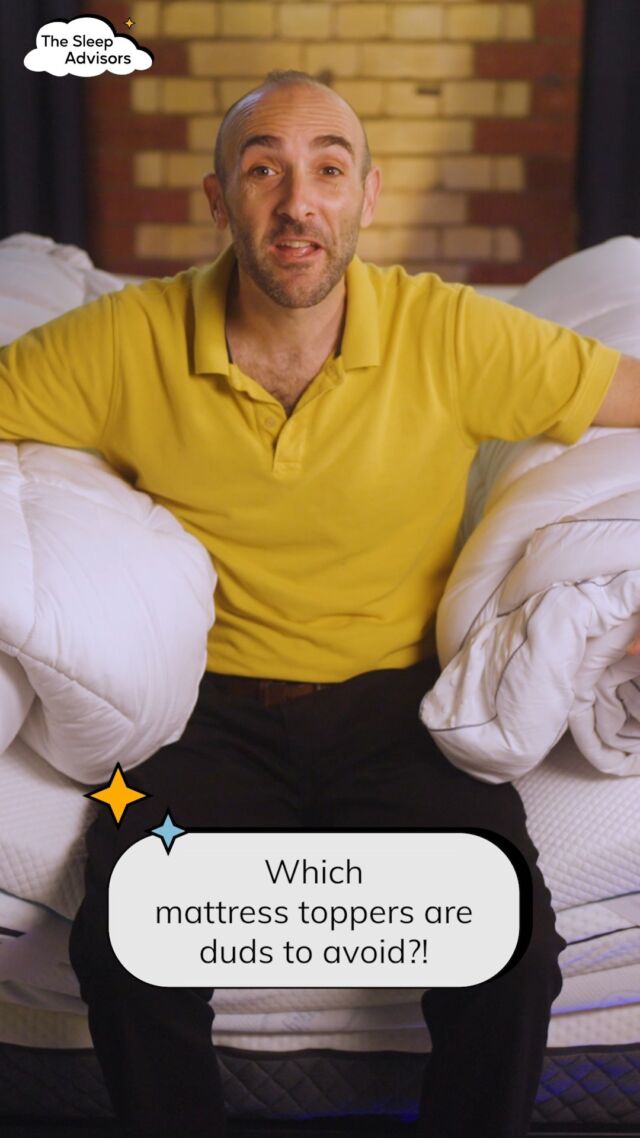



There are no comments yet
"*" indicates required fields